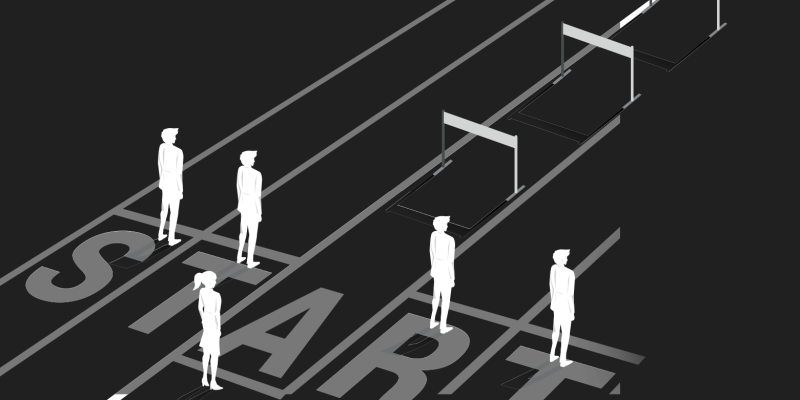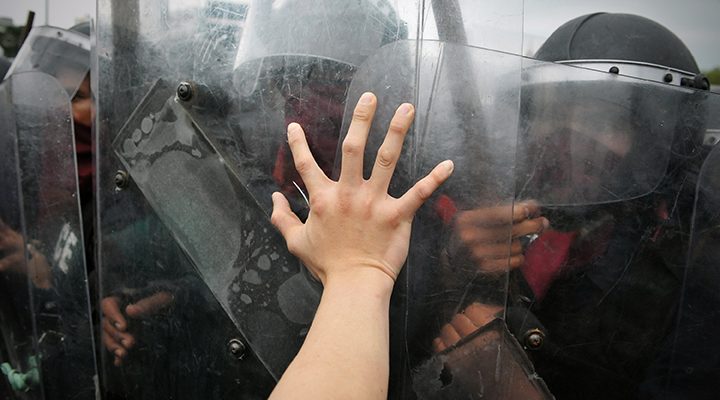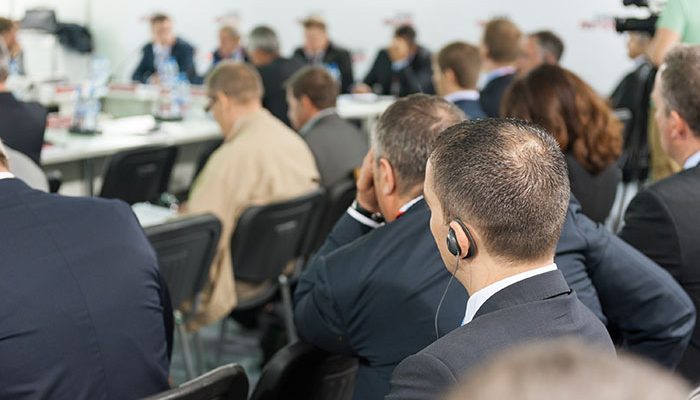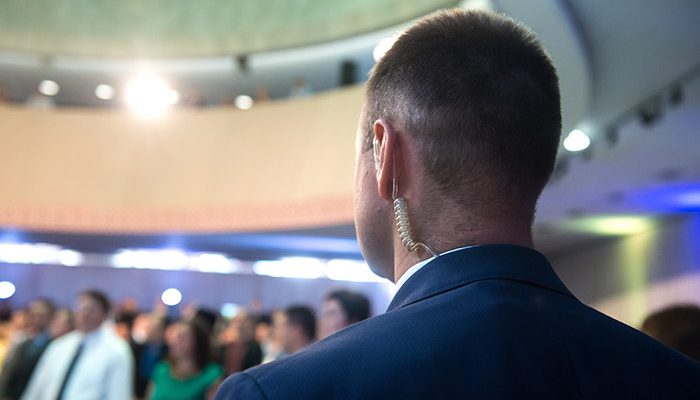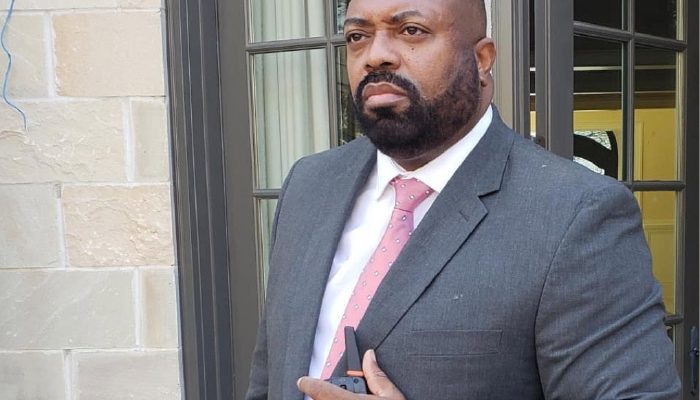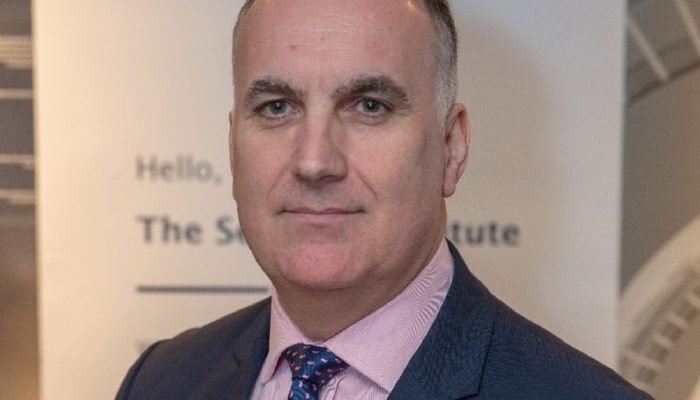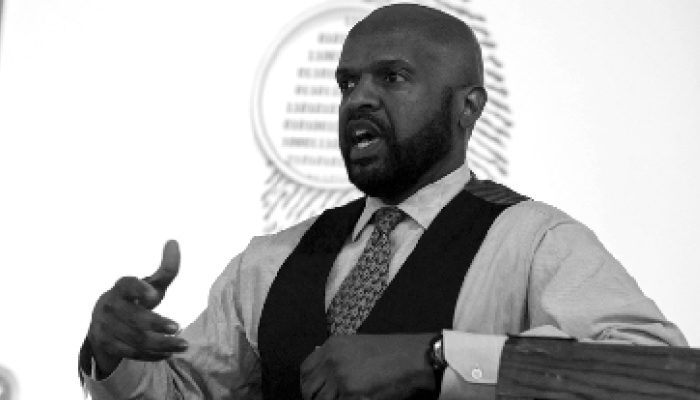As protectors, the Executive Protection (EP) community is comprised of “Alpha-type” personalities who are well skilled and tend to focus on the “direct action” skillsets of the EP mission, the so-called “hard skills”. But EP is more. It is full-time customer service also. EP agents serve their clients and their family members in a variety of ways, many of which were probably not envisioned while on the shooting range. Driving course or dojo.
When Push Comes to Shove – Combat Principles for Executive Protection
Although prevention is the primary goal, there are times where proactive, effective physical intervention may be required. This is not to be confused with arrest and control techniques used in other related security fields. Those techniques have merit, but the goal of this article is to highlight combat principles agents can apply when cover and evacuation is not an option, and the threat is imminent.
Size vs.Skills-a.k.a: The Unfair Advantage
However, this lesson sticks out because I still think about it and even use it to this day. My dad told me that every person on this planet has an ‘Unfair Advantage.’ Something God-given that a person does exceptionally well or better than anyone else. He told me that some people could naturally run fast or dunk a basketball without even really trying. Some can figure out complex equations in their heads like Einstein or even maintain a full head of hair well into their old age. Whatever gift you possessed that you did better than anyone else was your unfair advantage.
The Anatomy of a Bank Robbery
Even as banks deal with the fallout of the pandemic, bank robberies on the whole since Covid-19 are actually down. And while banks have always denied access to people wearing masks, the challenge posed by mask wearing during the pandemic has invited a greater security risk to banks, according to Paul Benda, Senior Vice President for Risk and Cybersecurity Policy at the American Bankers Association.
Preparedness & Perseverance
. To prepare is to, make (something) ready for use or consideration, to persevere, is to continue in a course of action even in the face of difficulty or with little or no prospect of success. Among the many skill sets we must attain, practice, and master over time, preparedness and perseverance are two less talked about traits of a solid EP practitioner. There are many reasons why the focus on these skills are over shadowed by wrist locks, positioning, being the body man, fancy martial arts, and firearms. What’s a significant reason you ask? Well, in my opinion it’s because there is no immediate gratification, or “look at me” moment(s). There are plenty of instances where all of the before mentioned skills are useful, however, how and when they can be used start with being prepared.
Kidnap & Ransom – Part two
In the previous issue we walked through what happens in the first hours after a kidnapping, we considered the critical factors relating to the initial contact, and we took a close look at the role of the communicator (see Issue 49). Now, we’re going to move on and look at the financial implications of ransom demands and what factors might impact it.
Fit for Duty: Health & Wellness as Crucial Daily Hygiene…
The only thing consistent about protective services and extensive travel is that it is consistently inconsistent. The hours are often long, we are up before everyone else and go to bed after everyone else. If your client is a business executive with global responsibility it is always 9:00 AM – 5:00 PM somewhere in the world. So, often your sleeping and eating patterns can become significantly altered. By the time we start or end our day, many times the quality eating establishments may not be open or are already closed.
FEAR, Society and the Police
To understand fear, one must examine it in several contexts from fear of a small insect to vicious animals, and even figments of man’s imagination. Imagination often drives the mechanisms that trigger fear. Fear can be a life saver or a killer. Understanding fear and accepting it as an emotional response opens a means of overcoming it.
Staffing an International Team
When it comes to staffing an international team, I have five major considerations I look for in the team’s composition: Operational Capability, Operational Chemistry, Operational Relevance, Operational Flexibility and Operational Capacity.
Why You Aren’t Working
Staffing a team is often as much about fit as it is function. It may not be a function of, does an agent have the skills to do a particular assignment, but can their ego stand down as they fill another role on the team, which may not be detail or shift leader?
Precious Principals – The Challenges of Protecting Children
My principals’ ages have also ranged from 4 to 65 years old. Amongst them all, I personally believe the most challenging principals are children. For me, the role of a bodyguard caring for a minor is all about balance, judgment, adaptation and a crystal-clear understanding of the parents’ wishes.
Foot Steps Episode 5: Mike Smith
Describe your professional journey?
I played on the Georgia State Patrols basketball league then joined the reserve sheriffs, I then did freelance security with 2 Georgia state troopers that started a company. I took a hiatus and actually became a barber while still doing security work on the side. While cutting hair I ran into someone who gave me a window of opportunity which led me to land a 6 figure contract. My company SS consulting specialized in threat assessments and advances but I didn’t just limit myself to that. I would land other contracts doing different types of security. The reality is, it’s who you know vs what you know.
Nonverbal Communication
There’s something to be said about the art of reading people, especially in the protection industry. The ability to pick up on nonverbal communication is an area where most, if not all, protection practitioners are skilled.
Leading for the Future – Excellence through Inspiration
Value-driven leadership doesn’t mean you tolerate underperformance, it just means excellence can be achieved with balance and inspiration and doesn’t require intimidation to garner results. As a leader, unless you have clarity in vision, you can never inspire others to follow. People don’t mind being led, as long as they know you understand where you are going.
2021 A new beginning…
I’ve always approached CP tasks with the mindset that my actions and procedures must facilitate the client being able to conduct their activity in a safe and secure environment but what does that mean to us and the industry moving into 2021?
Industry News December 2020
We cast our eye over the main stories impacting the security industry. Here’s what’s appeared on the radar since the last issue.
Find Your Own Lane
Before you build your company’s or personal brand lets first take a moment to reconcile what branding is and how it differs from marketing. Branding is the process involved in creating a unique name and/or image for a product or service in the mind of the consumer. The goal of “Branding” is to establish a significant and differentiated presence in the market that attracts and retains loyal customers. What differentiated message have you created in the mind of your desired clientele?
The Impact of Street Crime on the Security Professional
Did you know: Historically, street crime increases, proportionately, with population growth? Crime in England is accelerating, and according to police figures, the London murder rate has now surpassed that of New York for the first time in modern history. Not only does this place the general public at risk but arguably, it exposes the front-line security operator to even greater danger.
Counter-Ambush Tactics for Security Professionals – Part 1
By far the best method to accomplish this goal is to adopt a predictive, preventative strategy for protecting clients based on the tenets of Detect, Deter, and Defend. To effectively employ these tenets, we need some very specific soft and hard skills. In the protective operations world, the “soft” skills are sometimes referred to as Protective Intelligence (PI) while in other security disciplines they are referred to as situational and tactical awareness skills. If we are unable to prevent or avoid an attack, we need to have some expertise in specific “hard” skills such as use of firearms and security driving so that we can survive an ambush.
K9 in Private Protective Services
Since I am often employed as the agent in charge (AIC), you generally are assigned to the principal and the duties don’t lend themselves to be the K9 handler. You have a choice, either work the principal of work the K9, but rarely can you do both. However, that doesn’t mean there is not considerable opportunities for K9s and handlers in protective services.
Typically, these dogs fall into one or two categories. There are dogs that are single-purpose dogs, meaning they have one task they perform. While others are dual-purpose, meaning they are trained to perform a variety of tasks. The three biggest categories that they fall into are Apprehension, Detection and Search & Rescue.


